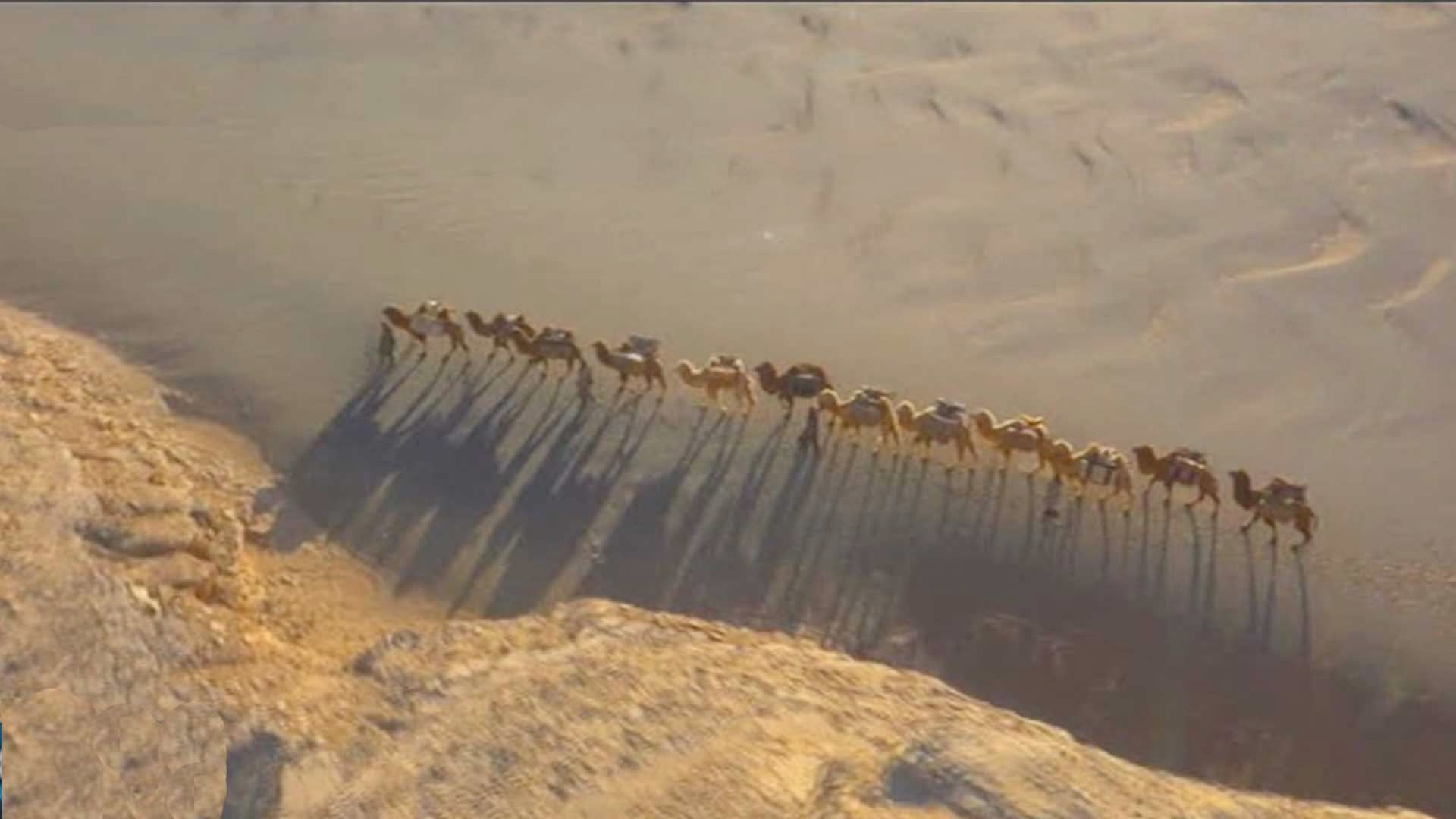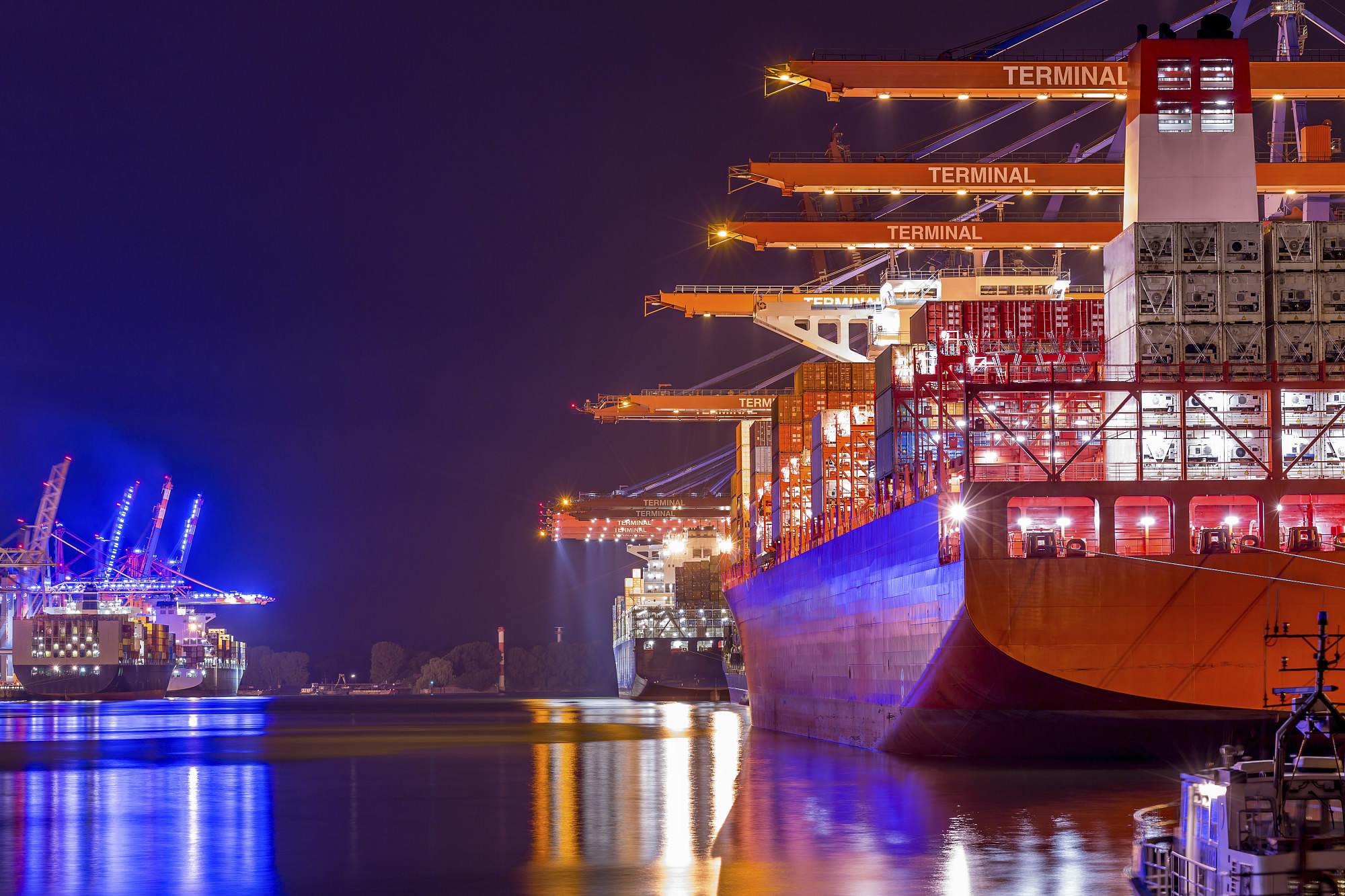
Politics
22:53, 11-May-2017
Closer to Belt and Road Initiative with R.L. Kuhn: Community of destiny

By CGTN's R.L. Kuhn
The Belt and Road Initiative refers to the Silk Road Economic Belt over land and the 21st Century Maritime Silk Road over the seas. It was launched by the Chinese government to promote economic cooperation among participating countries.
The Belt and Road Initiative focuses on infrastructure projects that are jointly built through consultation to meet the interests of all. Belt and Road connectivity projects help align and coordinate the development strategies of participating countries, build market potential, promote investment and consumption, and create demand and job opportunities.
The human side of the Belt and Road Initiative encourages people-to-people and cultural exchanges, and fosters mutual learning, so that diverse peoples can understand, trust and respect each other, live in peace and harmony, and seek prosperity and fulfillment.

VCG Photo
VCG Photo
What relevance today of the ancient Silk Road, the trade routes of antiquity over land and sea that connected East and West? How does China’s contemporary Belt and Road Initiative fit into China’s overarching foreign policy? President Xi Jinping asserts that it is a “foreign-policy priority for China to develop friendly cooperative relations with Belt and Road countries”. Here are four categories that epitomize China’s foreign policy, with the Belt and Road Initiative enhancing each.
First, Multi-Polar World: long the cornerstone of China’s foreign policy, which opposes domination by one or two superpowers. By engaging more than 60 countries along multiple land and maritime routes, The Belt and Road Initiative exemplifies a multi-polar world.
Second, Peaceful Development. China vows that no matter how powerful it may become, it will always remain peaceful. Thus, Belt and Road projects reflect mutual cooperation and shared development, irrespective of the size or power of the host country. Moreover, projects should be constructed jointly and in a step-by-step process.
Third, People-to-People Communications: an integral part of The Belt and Road Initiative, multi-channel, multi-level exchanges between peoples promote mutual understanding — examples include sister cities, cultural activities, non-governmental organizations, and public diplomacy from retired officials to young people.
Fourth, Community of Destiny. President Xi believes that unifying the dreams of diverse peoples in common pursuit will promote global peace and human development. This will not be easy, he cautions. China should learn from the achievements and failures of other countries. The 2,000-plus-year history of exchanges along the ancient Silk Road provides precedence that countries with different races, religions, beliefs, political systems and cultural backgrounds can achieve peace and shared development — provided that they seek common goals and mutual trust, equality and mutual benefit, and tolerance and mutual learning. This is China’s ideal Belt and Road. There will be challenges - unforeseen events that China will have to handle with sensitivity.
It is China’s core interest to maintain global peace and stability and to promote global development and prosperity. Anything less would be self-limiting, inhibiting China’s capacity to continue to improve the standards of living of its own people. To achieve President Xi’s “Chinese Dream” as ‘the great rejuvenation of the Chinese nation’, China requires international stability and mutual development. The Belt and Road Initiative actualizes President Xi’s overarching foreign policy by generating and symbolizing a ‘new world order’ for the benefit of all humanity.

SITEMAP
Copyright © 2018 CGTN. Beijing ICP prepared NO.16065310-3
Copyright © 2018 CGTN. Beijing ICP prepared NO.16065310-3